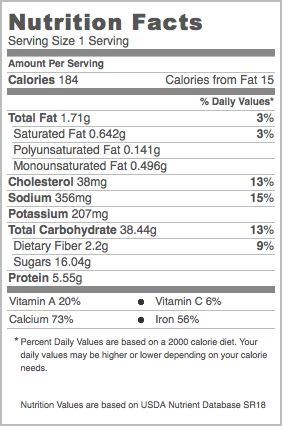Another recipe for my Instant Pot.
Back in December I took delivery of 1/4 cow: about 100 pounds of local grass-fed beef. The meat was butchered and packaged and frozen and most of it is still in the freezer I bought primarily to store it.

Here’s what my first try looked like. I cut the green onions too long. (Not sure what I was thinking there.) And yes, I know I can benefit from a course on food photography.
Among the cuts of meat I got in my package was a lot of stew meat. I’ve been using it to make a variety of things, including beef barley soup, in my Instant Pot pressure cooker. The other day, while looking for something different to make with an Asian flair, I found this recipe for Mongolian Beef.
I made it today, tweaked to the beef I had on hand. I wasn’t thrilled with the results. In general, it was too sweet and not flavorful enough. I made some minor changes to the recipe that I think make it better — at least for me. Here’s my version.
Ingredients
- 2 pounds beef stew meat, cut into 1-1/2-inch cubes. The original recipe called for sliced flank steak.
- 1/2 teaspoon salt
- 1/4 teaspoon pepper
- 1/2 teaspoon Chinese five spice. This was not in the original recipe, but I think it adds flavor.
- 1 tablespoon sesame oil. Vegetable oil may be substituted.
- 6 cloves garlic, minced or pressed
- 1/2 cup soy sauce. Low sodium would probably be best, since this recipe can be quite salty. I might even consider cutting the soy sauce in half the next time I make it.
- 1/2 cup water
- 1/3 cup brown sugar. The original recipe called for 2/3 cup dark brown sugar, but I think it comes out way too sweet so I cut it in half. I use light brown sugar.
- 1 teaspoon minced fresh ginger. The original recipe called for 1/2 teaspoon.
- 2 tablespoons cornstarch
- 3 tablespoons cold water
- 4 green onions, sliced into 1-inch pieces. The original recipe called for only 3 green onions.
Instructions
These instructions assume you’re using an Instant Pot or a similar electric pressure cooker.
- Mix salt, pepper, and five spice in a medium bowl. Add beef and toss to coat as evenly as possible.
- Add oil to the pot and press Saute.
- When oil begins to sizzle, add meat and brown on all sides. You may have to do this in multiple batches so as not to crowd the meat. When browned, transfer meat back to the bowl.
- Add the garlic to the pot and sauté for one minute.
- Add the soy sauce, 1/2 cup water, brown sugar, and ginger. Stir to combine.
- Add browned beef and any accumulated juices.
- Press Keep Warm and then press Manual. Set the timer for 20 minutes. Make sure High pressure is selected.
- When pressure cooking cycle is done and beep sounds, press Keep Warm. Then release the pressure (carefully) by turning the release knob. When all the pressure has been released, carefully remove the lid.
- Combine the cornstarch and 3 tablespoons water, stirring until smooth.
- Stir the cornstarch mixture into the beef mixture in the pot.
- Press Saute and bring to a boil, stirring constantly until sauce thickens.
- Stir in the green onions.
Serve with rice and steamed vegetables or a salad with a ginger dressing.
This is not spicy at all, although I think it could use some heat. If anyone has any suggestions on what kind of chili or pepper I should add, please leave your suggestion in the comments for this post.




